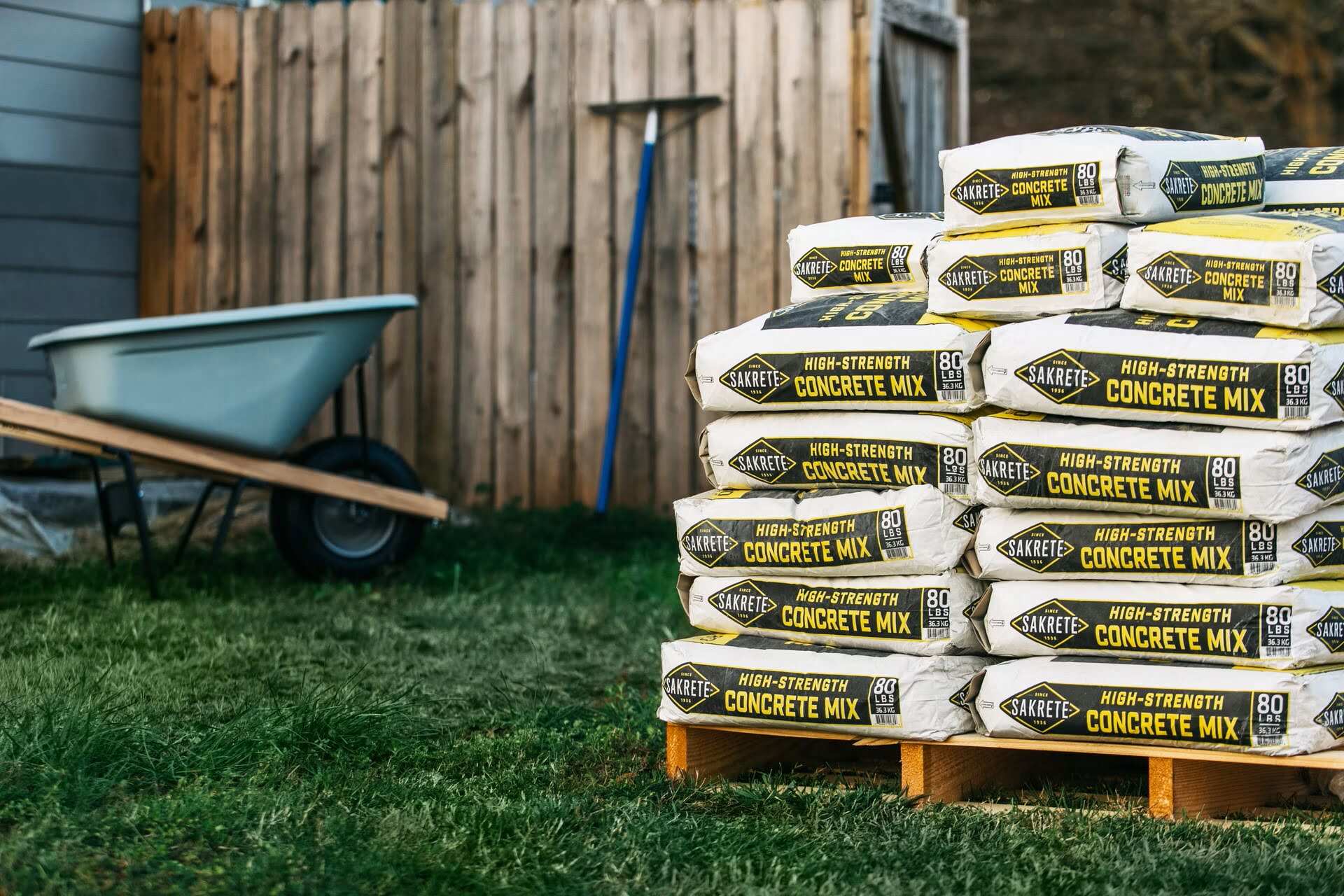

Articles
How To Store Concrete Bags Outside
Modified: December 7, 2023
Learn how to properly store concrete bags outside with our helpful articles. Find tips and tricks for keeping your concrete bags protected and in optimal condition.
(Many of the links in this article redirect to a specific reviewed product. Your purchase of these products through affiliate links helps to generate commission for Storables.com, at no extra cost. Learn more)
Introduction
When it comes to storing concrete bags outside, there are a few key considerations to keep in mind to ensure the longevity and quality of the material. Concrete bags are crucial for construction projects, providing a convenient and portable solution for mixing and pouring concrete on site. However, improper storage can lead to damage and deterioration of the bags, compromising the integrity of the concrete.
In this article, we will explore the best practices for storing concrete bags outside. From selecting an appropriate storage area to protecting the bags from the elements, we will discuss the necessary steps to ensure that your concrete bags remain in optimal condition until they are ready to be used.
By following these guidelines, you can minimize waste, maximize efficiency, and save both time and money on your construction projects.
Key Takeaways:
- Properly storing concrete bags outside is crucial for maintaining material quality. Consider factors like storage area, stacking, and protection from elements to ensure longevity and minimize waste.
- Regular inspections and maintenance are essential for preserving the quality of stored concrete bags. Implementing protective measures and addressing issues promptly can prevent damage and ensure usability for construction projects.
Read more: How To Store Bags
Considerations for Storing Concrete Bags Outside
When storing concrete bags outside, there are several factors to consider in order to maintain the quality of the material and ensure it is ready for use when needed. Here are the key considerations:
- Selecting an Appropriate Storage Area: Choose a well-drained area that is away from sources of moisture such as sprinklers or dripping water. Avoid placing the bags directly on the ground to prevent moisture from seeping in.
- Preparing the Storage Area: Before storing the concrete bags, clear the area of debris, rocks, and sharp objects that could puncture or tear the bags. It is also advisable to create a barrier, such as a plastic sheet or pallet, to further protect the bags from contact with the ground.
- Properly Stacking the Bags: When stacking the bags, ensure they are placed in a stable and organized manner. Start by arranging them in a row with the folded ends facing outwards to prevent tearing. As you stack the bags, stagger the seams to provide stability and prevent the stack from collapsing.
- Protecting the Bags from Elements: Concrete bags are susceptible to moisture, extreme temperatures, and UV exposure. To protect them from these elements, cover the stack with a tarp or plastic sheeting. Make sure the covering is secured and extends past the edges of the stack to prevent water from seeping in.
- Regular Inspections and Maintenance: Periodically inspect the stored bags for any signs of damage, including tears, holes, or moisture. Replace damaged bags immediately to prevent further deterioration. Additionally, check the covering to ensure it is intact and providing adequate protection.
By taking these considerations into account, you can ensure that your concrete bags remain in good condition, ready for use when you need them. Proper storage not only preserves the quality of the material but also helps to prevent waste and unnecessary expenses.
Selecting an Appropriate Storage Area
When storing concrete bags outside, it is crucial to choose the right storage area to maintain the integrity and quality of the material. Here are some factors to consider when selecting an appropriate storage area:
- Well-Drained Area: Look for a location that is well-drained and away from sources of moisture. Moisture can seep into the bags and compromise the quality of the concrete. Avoid areas near sprinklers, water runoff, or where water tends to collect.
- Avoid Ground Contact: It is important to keep the concrete bags off the ground to prevent moisture absorption. Placing the bags directly on the ground can lead to dampness and deterioration of the bags. Use pallets or wooden planks as a barrier between the bags and the ground.
- Protection from Direct Sunlight: Direct sunlight can cause the concrete bags to heat up, potentially affecting the quality of the material. Choose a storage area that provides some shade or use a covering to shield the bags from direct sunlight.
- Accessibility: Consider the proximity of the storage area to your construction site. The storage area should be easily accessible for loading and unloading the bags. This will help save time and effort during the construction process.
- Security: Ensure that the chosen storage area is secure to prevent theft or vandalism. If necessary, install security measures such as fencing or surveillance cameras to protect your stored concrete bags.
By selecting an appropriate storage area, you can minimize the risk of moisture damage and maintain the quality of the concrete bags. This will ultimately contribute to the successful execution of your construction project.
Preparing the Storage Area
Before storing concrete bags outside, it is essential to prepare the storage area properly. This step ensures that the bags are protected from potential damage and deterioration. Here are some important considerations when preparing the storage area:
- Clean the Area: Clear the storage area of any debris, rocks, or sharp objects that could puncture or tear the bags. These objects can cause damage and compromise the integrity of the concrete bags.
- Level Ground: Ensure that the ground is level and even. Uneven surfaces can lead to instability when stacking the bags, making them more prone to collapsing. Use a rake or shovel to level the ground if necessary.
- Create a Barrier: To further protect the bags from moisture and ground contact, consider placing a plastic sheet or pallet on the ground. This barrier prevents moisture from seeping into the bags and adds an extra layer of protection.
- Organize the Space: Arrange the storage area in a way that allows for easy access and efficient organization of the concrete bags. Consider grouping the bags by type or project to streamline the retrieval process.
- Labeling: Labeling the stored bags can help keep track of inventory and ensure that the correct bags are used for each project. Use waterproof markers or labels to clearly mark the bags with relevant information.
By properly preparing the storage area, you can create a safe and organized space for your concrete bags. This preparation not only protects the bags from damage but also facilitates easy retrieval and ensures the right bags are used for each construction project.
Store concrete bags outside on pallets or a raised platform to keep them off the ground and away from moisture. Cover with a tarp to protect from rain and sun damage.
Properly Stacking the Bags
Properly stacking the concrete bags is essential for maintaining the stability and integrity of the stored material. Follow these guidelines to ensure that the bags are stacked in a secure and organized manner:
- Start with a Stable Foundation: Begin by creating a stable foundation for the stack of bags. Place a layer of wooden pallets or sturdy boards on the ground to provide a solid base.
- Stack in Rows: Start stacking the bags in rows, placing them side by side with the folded ends facing outwards. This helps prevent tearing and makes it easier to access the bags when needed.
- Stagger the Seams: When stacking multiple layers, stagger the seams of the bags to improve stability. By offsetting the seams, you distribute the weight more evenly and reduce the risk of the stack collapsing.
- Alternate Directions: To create a secure and sturdy stack, alternate the direction of the bags in each row. For example, if the first row has the folded ends facing outwards, the next row should have the folded ends facing inwards. This alternating pattern enhances stability.
- Keep the Stack Vertical and Aligned: Ensure that the stack remains vertical and aligned as you add more bags. Use your hands or a straight-edge tool to straighten and align the bags as you go. This prevents the stack from leaning or becoming uneven.
- Avoid Overstacking: Be mindful of the height of the stack. Overstacking can lead to instability and increase the risk of the bags toppling over. If the stack gets too tall, consider creating a new stack next to it.
By following these stacking guidelines, you can maintain the stability and organization of your concrete bags. A properly stacked stack ensures that the bags are easily accessible and minimizes the risk of damage or accidents during storage.
Read more: How To Store A Trailer Outside
Protecting the Bags from Elements
To ensure the longevity and quality of your concrete bags when stored outside, it is crucial to protect them from the elements. Here are some measures you can take to safeguard the bags:
- Cover the Stack: Use a tarp or plastic sheeting to cover the entire stack of concrete bags. This covering acts as a barrier against rain, snow, and other forms of moisture. Make sure the covering extends beyond the edges of the stack to prevent water from seeping in.
- Secure the Covering: Properly secure the covering to prevent it from being blown away by wind or exposed to the elements. Use bungee cords, ropes, or weighted objects to hold the covering in place. Regularly check the covering to ensure it remains intact.
- Shield from Direct Sunlight: Prolonged exposure to direct sunlight can cause the concrete bags to heat up, potentially affecting the quality of the material. If possible, position the stack of bags in a shaded area or use additional coverings such as shade cloth or umbrellas to shield them from direct sunlight.
- Protect from Extreme Temperatures: Concrete bags can be sensitive to extreme temperatures. In hot weather, the bags may become brittle, while freezing temperatures can cause the bags to crack or deteriorate. If necessary, use insulation materials or a climate-controlled storage area to protect the bags from extreme temperature fluctuations.
- Inspect for Water Damage: Regularly inspect the covered stack of bags for any signs of water damage. Check for moisture buildup, mold, or mildew, as these can compromise the quality of the concrete. If you notice any issues, address them immediately to prevent further damage.
By taking these protective measures, you can safeguard your concrete bags from moisture, direct sunlight, and extreme temperatures. This helps maintain the quality of the material and ensures that the bags are in optimal condition when you are ready to use them for your construction projects.
Regular Inspections and Maintenance
Regular inspections and maintenance are vital for ensuring the longevity and usability of your stored concrete bags. By implementing an inspection routine and addressing any issues promptly, you can prevent further damage and preserve the quality of the bags. Here are some steps to follow:
- Scheduled Inspections: Establish a regular schedule for inspecting the stored concrete bags. Depending on the environmental conditions and storage duration, inspections can be conducted weekly, bi-weekly, or monthly. Consistency is key to catching any problems early.
- Check for Damage: Carefully examine each bag for signs of damage, such as tears, punctures, or holes. Additionally, inspect the bags for mold, mildew, or water damage. If any bags are found to be damaged, remove them from the stack and replace them immediately.
- Monitor Moisture Levels: Check for any moisture buildup inside the bags or on the covering. Moisture can lead to concrete hardening or degradation. If moisture is detected, investigate the source and address it promptly to prevent further damage.
- Maintain Covering Integrity: Ensure that the covering is intact and providing adequate protection. Look for any tears or gaps that may allow moisture or sunlight to penetrate. Make necessary repairs or replacements to maintain the cover’s effectiveness.
- Inspect the Stack Stability: Regularly assess the stability of the stack. Check for any leaning, shifting, or signs of instability. Readjust and secure the stack if needed to prevent potential collapse or accidents.
- Keep Records: Maintain a record of inspections, including any issues detected and the actions taken to address them. This documentation helps in tracking the condition of the stored bags over time and informs future storage practices.
By conducting regular inspections and performing necessary maintenance, you can identify and address any potential issues with your stored concrete bags. This proactive approach ensures that the bags remain in optimal condition and ready for use when needed.
Conclusion
Storing concrete bags outside requires careful consideration and proper practices to ensure that the material remains in optimal condition for construction projects. By following the guidelines outlined in this article, you can protect the bags from damage, maintain their quality, and save time and money in the long run.
Selecting an appropriate storage area that is well-drained and away from moisture sources is crucial. Preparing the storage area by clearing debris, creating a barrier, and organizing the space sets the foundation for safe and efficient storage. Properly stacking the bags, staggering the seams, and maintaining a stable stack prevents collapse and damage to the bags.
To protect the bags from the elements, it is essential to cover the stack with a tarp or plastic sheeting, secure the covering, and shield the bags from direct sunlight and extreme temperatures. Regular inspections and maintenance help identify and address any issues promptly, preventing further damage and deterioration of the bags.
By implementing these best practices, you can ensure that your stored concrete bags remain in optimal condition, ready to be used for your construction projects. Taking the time and effort to store the bags properly will contribute to the success and efficiency of your construction endeavors.
Remember, maintaining the quality of your materials is key to achieving high-quality, durable results in your construction projects. So, be diligent in your storage practices to maximize the value and performance of your concrete bags.
Frequently Asked Questions about How To Store Concrete Bags Outside
Was this page helpful?
At Storables.com, we guarantee accurate and reliable information. Our content, validated by Expert Board Contributors, is crafted following stringent Editorial Policies. We're committed to providing you with well-researched, expert-backed insights for all your informational needs.

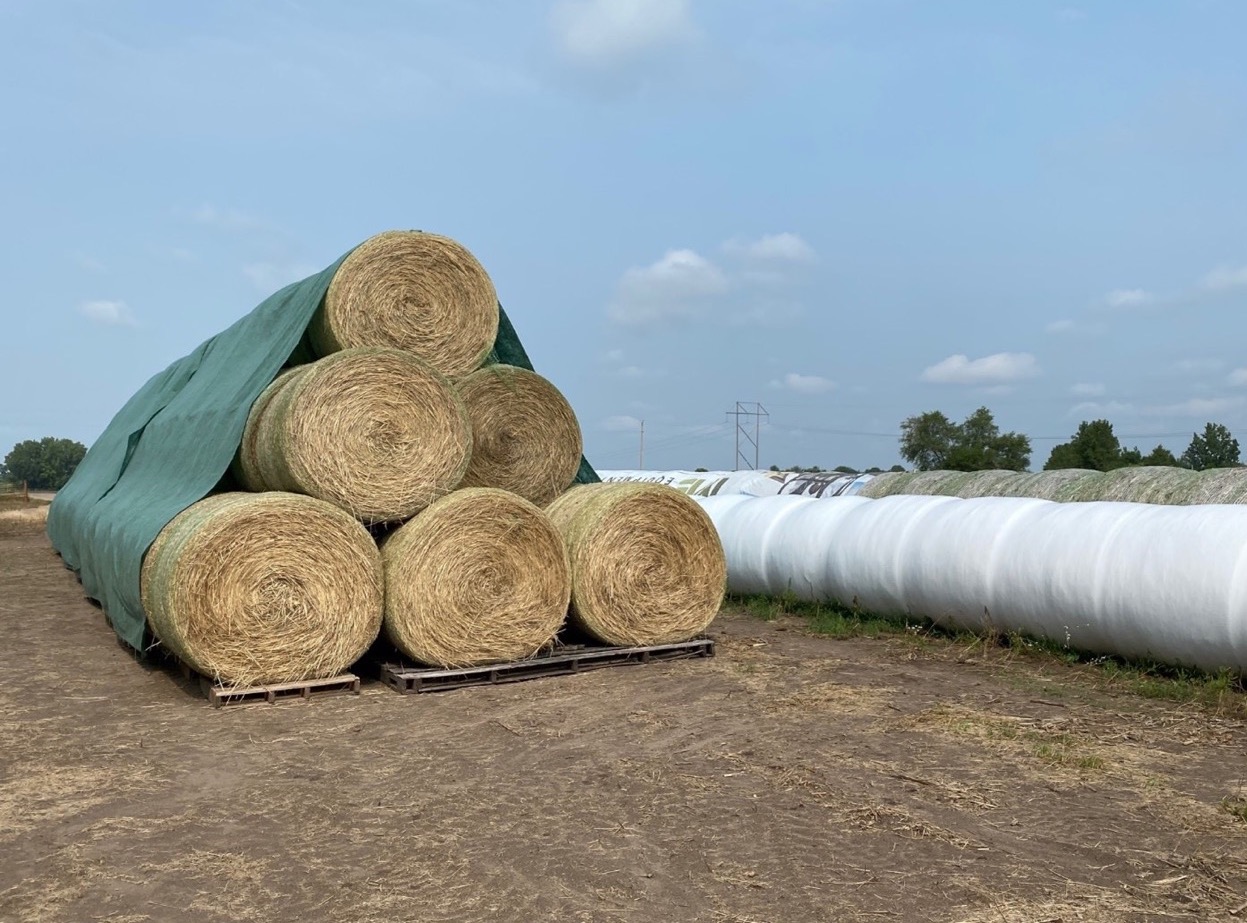

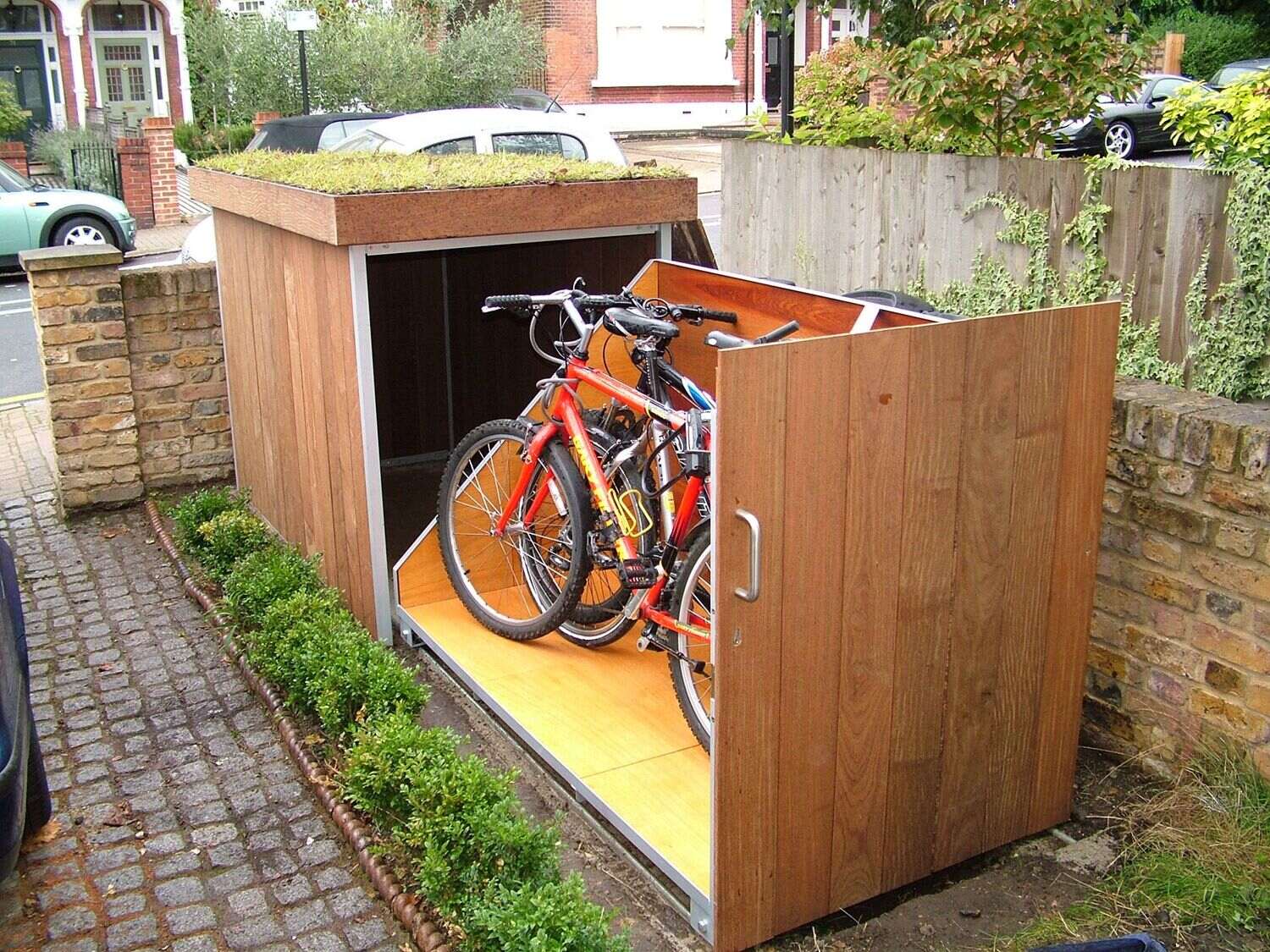
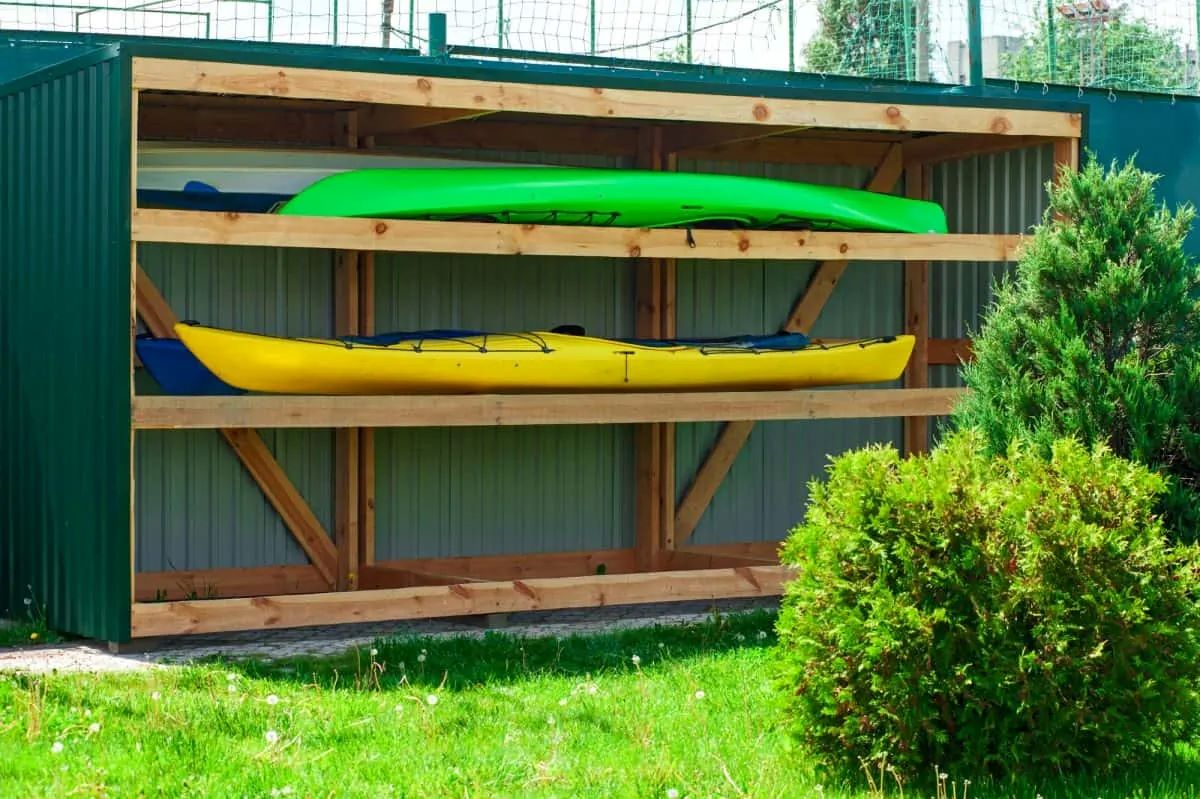


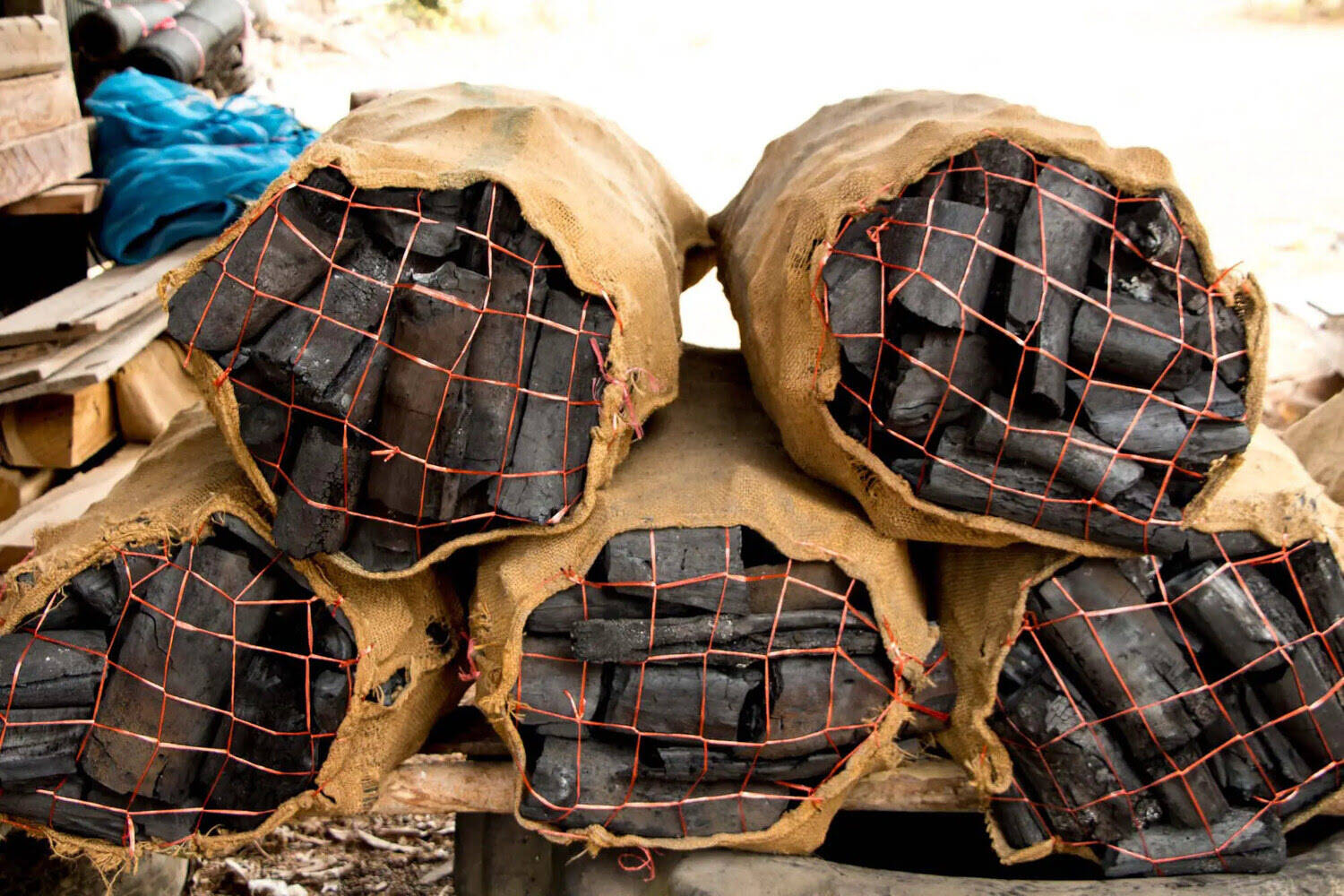
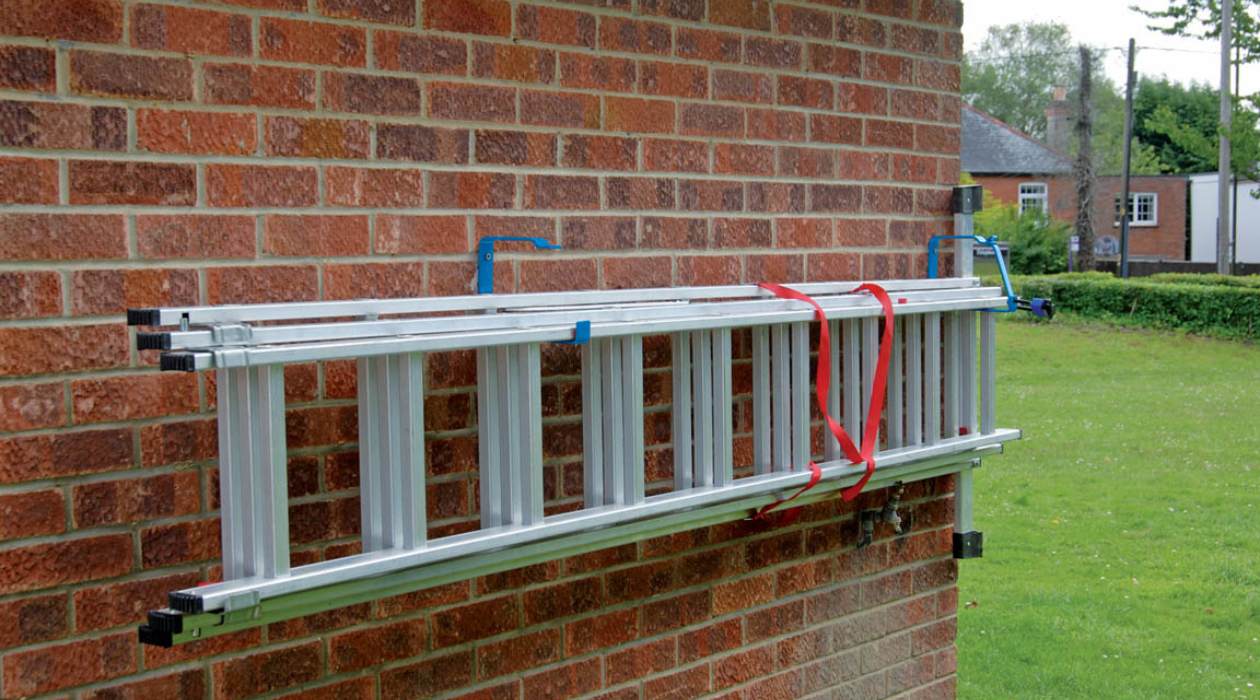
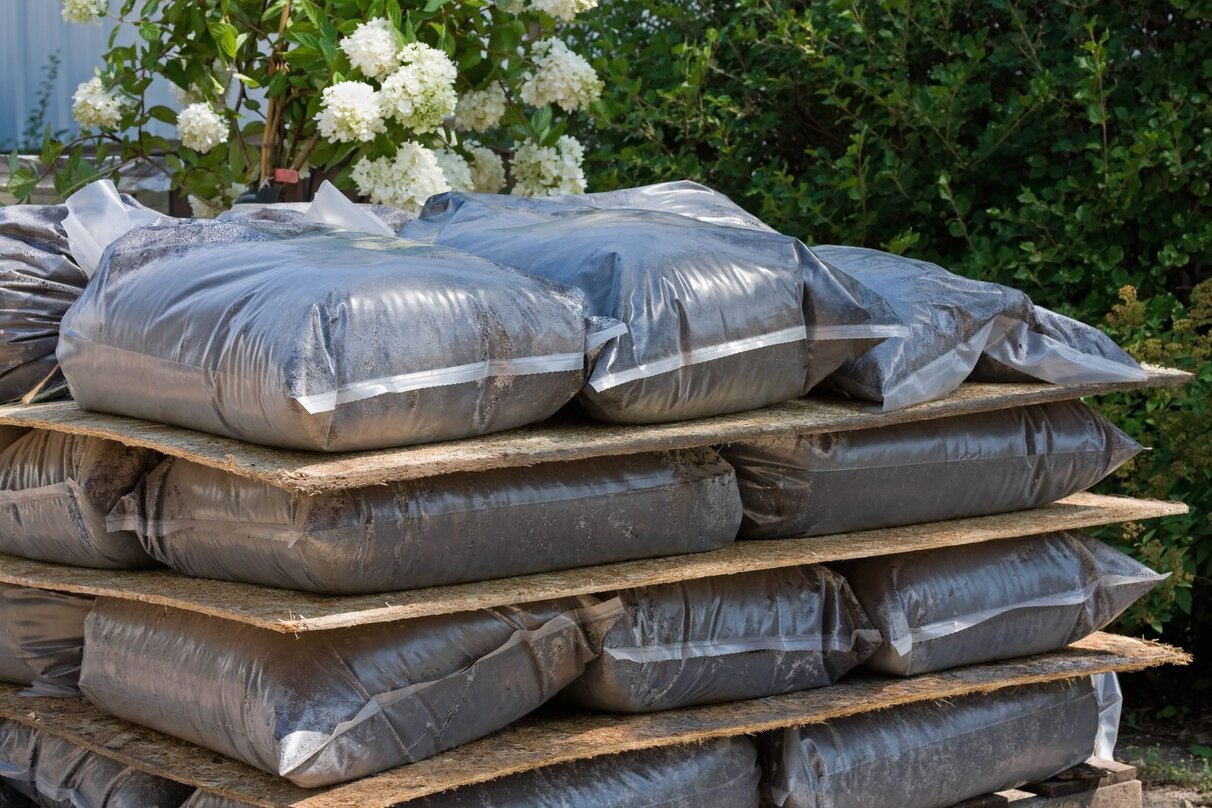


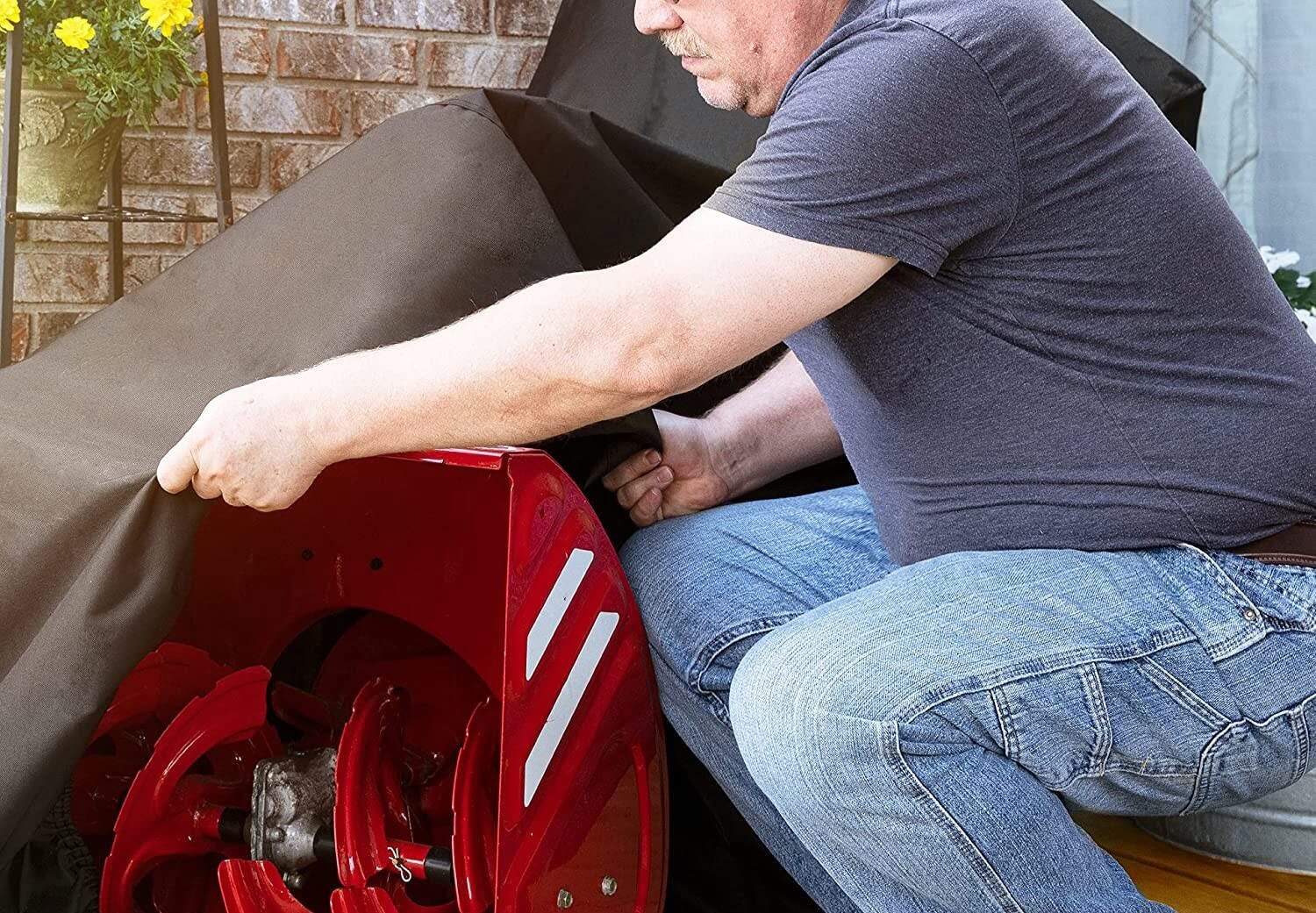


0 thoughts on “How To Store Concrete Bags Outside”